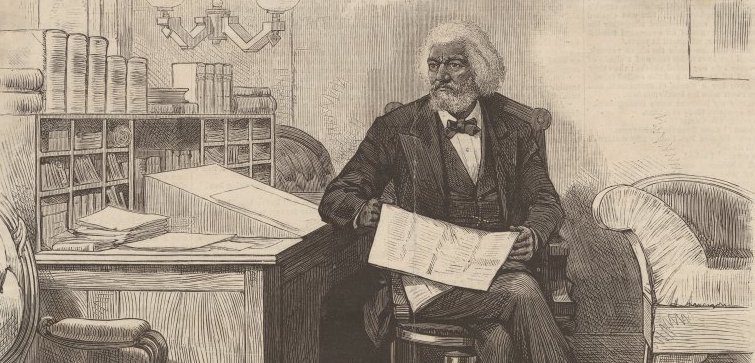"I pray they will carry on in spite of that dreadful monster prejudice, and with patience, courage, fortitude and perseverance achieve success for themselves."
Home to a vibrant black community and an internationally recognized jazz scene
In September 1843, Frederick Douglass and other speakers went to Madison County, Indiana to give a speech at a meeting at the Pendleton Baptist church.
